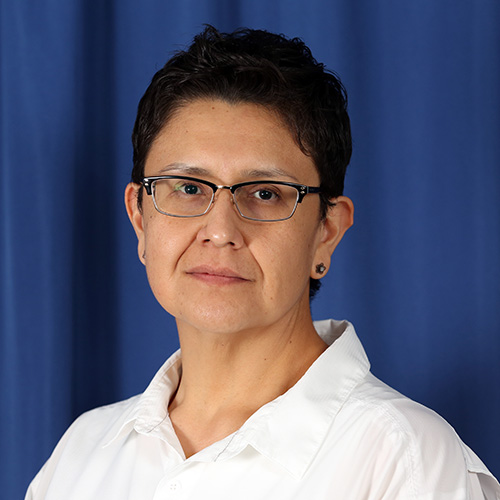On World Suicide Prevention Day, and during National Suicide Prevention Week, the Indian Health Service is highlighting crisis resources for suicide prevention and sharing information that can help those in need. We recognize the impact of suicide on Native people and the importance of including all Native people when discussing suicide prevention. From those who have lost a loved one to suicide, to those considering suicide, suicide affects everyone.
Despite the strengths of our families and communities, suicide remains a devastating and all too frequent event. Suicide is the 8th leading cause of death across all ages among American Indians and Alaska Natives. It is important for Native people to recognize suicide and respond by providing resources where help is available. The best way to help an individual thinking about suicide is for them to connect directly to someone who can listen, understand what they are thinking and feeling, provide support, and get them the help they need. The following resources are available 24 hours a day, seven days a week:
- National Suicide Prevention Lifeline : 1-800-273-8255 (TALK)
- Crisis Text Line : text CONNECT to 741741
- Trans Lifeline : 1-877-565-8860
- The Trevor Project : 1-866-488-7386 or text START to 678678
The Trans Hotline and the Trevor Project focus on offering a safe, accepting and inclusive response to those identifying as Lesbian, Gay, Bisexual, Transgender, Queer and/or Questioning and Two Spirit.
All phone and texting lines are confidential and calling or texting can begin a conversation with a trained crisis counselor. I encourage you to share these resources and always be willing to help those who may be showing warning signs of suicide. Your willingness to listen and provide resources can help save a life.
Click here for more tips on how to talk about suicide.
Data from the Centers for Disease Control and Prevention has shown that suicide rates are rising for American Indian and Alaska Native people. The largest increase, 139%, has occurred among Native women from 1999 to 2017. The rate of suicide for American Indian and Alaska Native adolescents and young adults ages 15 to 34 is 1.3 times the national average.
It is important for Native people to talk to health care providers to learn more about suicide and what treatments are available. The Indian Health Service Suicide Prevention and Care Program partners with tribal, federal and other organizations to create a safety net of interconnecting programming to maximize effectiveness of services and protect individuals against suicide risk.
Suicide prevention is everyone’s responsibility! Our people, our relatives and our friends may need help. Caring, listening and offering resources can save lives.
Related content:
How to Talk About Suicide | Suicide Prevention and Care



